VISIT THE BEIRA INTERIOR PORTUGAL
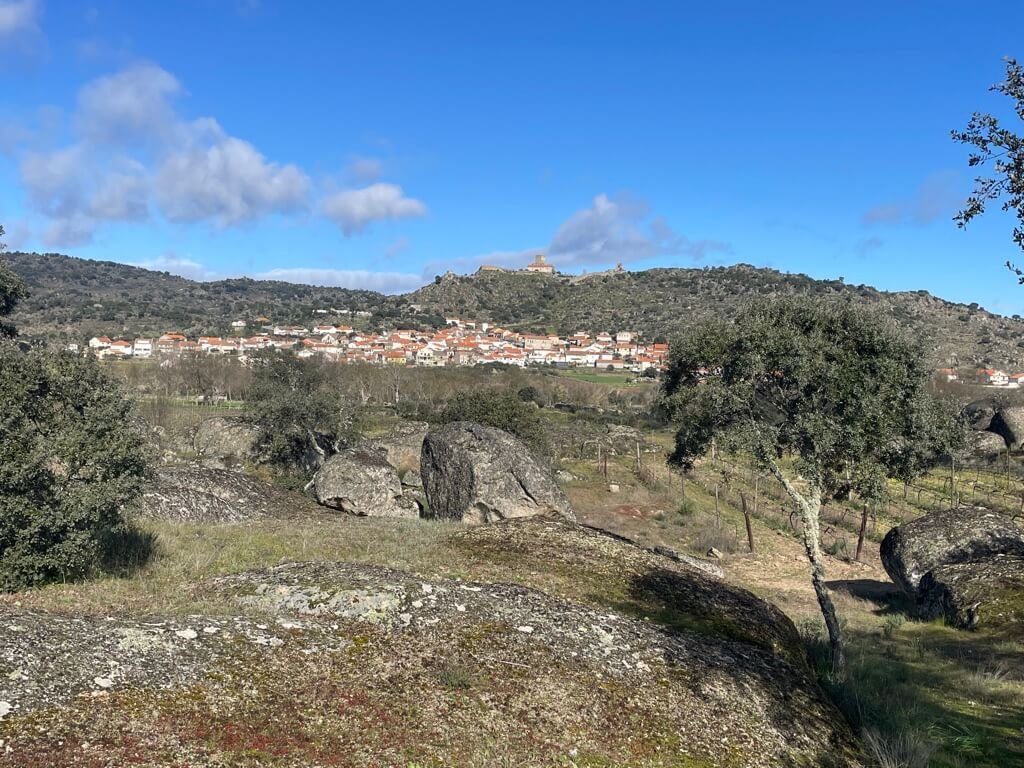
Marialva - one of the 12 historic villages of Portugal
Photo source: Winekeller
Our wine experiences in the Beira Interior wine region:
The Beira Interior - an introduction
The Beira Interior is the most mountainous of the mainland wine regions of Portugal, comprising some of the highest mountain ranges in Portugal. So it’s the highest of the wine regions of Portugal, but it’s also the youngest, despite its long winemaking history stretching back to the 12th century, becoming an official DCO (Denomination of Controlled Origin), in 1999.
It’s an extensive wine-growing region in the centre of Portugal, with some 16,000 hectares of vines between the Douro and Tagus rivers, bordering the Douro region to the north, the Alentejo to the south, the Dão to the west and the Sierra de Salamanca in Spain to the east.
The rural Beira Interior countryside is wild and unspoilt, with large granite boulders spread across open moorlands, high crags, mountains and gentle valleys. The region is dotted with ancient villages, fortified towns and castles, testament to the long history of defending Portugal’s borders. With an extreme climate, life can be harsh for those who live here, but thanks to improved transport infrastructure this part of Portugal is now much more accessible and offers a unique insight into the country’s traditions, culture, history, gastronomy and wine.
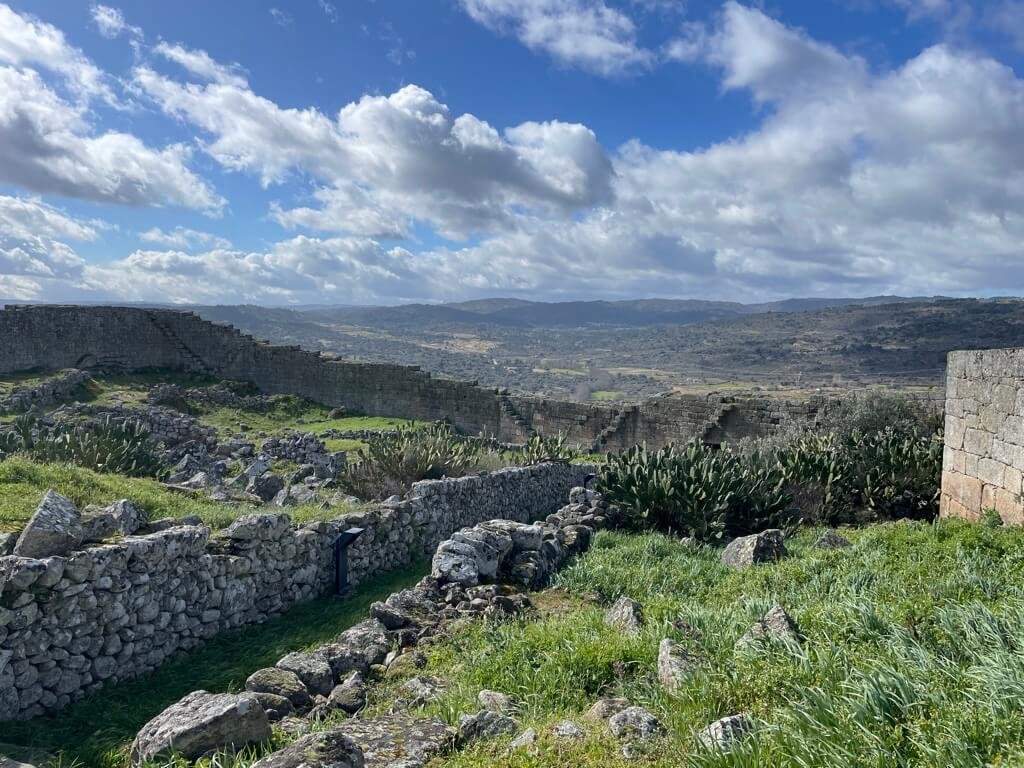
Stunning Beira Interior landscapes
Source: Winekeller
Beira Interior vineyards Portugal
Beira Interior wines are strongly influenced by the altitude, the climate and the soils here.
Surrounded by the Estrela, Gardunha, Malcata and Marofa mountains, the Beira Interior vineyards are normally planted on plateau or hillside areas, between 350 and 750 metres above sea level. The climate is continental, more so than the neighbouring Dão region, characterised by cold, harsh winters, with frequent snowfall and hot, dry summers.
The soils are mostly granite but there is quite a lot of diversity across the region, with several sandy and stony areas and pockets of schist and quartz.
These three influences help produce wines which have a great deal of acidity and freshness, a rare and precious commodity in wine regions furthest from the coast.
There are 3 diverse sub regions in the Beira Interior DOC:
Pinhel: The Pinhel sub-region begins north of the city of Guarda, in Celorico da Beira, and goes to Mêda and the Marofa mountain range to the north, and Trancoso to the west, with an average altitude of 650 m
Castelo Rodrigo: The Castelo Rodrigo sub-region is adjacent to that of Pinhel, separated from it by the Côa River, extending inland to the border with Spain. It is a plateau region, with a high altitude, between 600 and 750 metres. Pinhel and Castelo Rodrigo have a dry climate, with relatively low annual precipitation and large annual temperature variations
Cova da Beira: Cova da Beira is the largest of the three sub-regions and the one furthest to the south. Here, the altitude is more moderate and the climate is not as extreme and continental, with some Mediterranean influence.
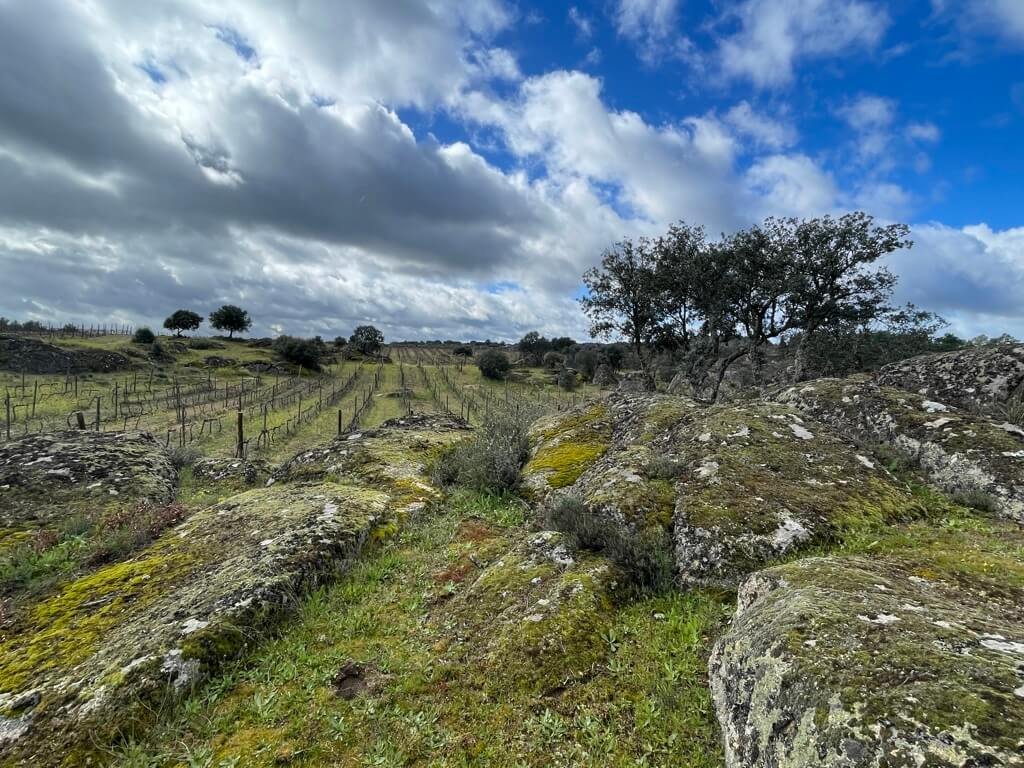
The vineyards of Beira Interior
Source: Winekeller
Beira Interior wines
Beira Interior produces a wide range of wines from three types of grapes: traditional, local grape varieties; national and international grape varieties.
The premier local grape variety is the white Fonte Cal and hardly grown outside of Beira Interior, that can make rich, honeyed wines, with superb acidity - ideal to be drunk young, but can develop lots of complexity when aged. The white Syria grape (known in the Alentejo as Roupeiro) is also really well suited to the terroir here and produces superbly fresh, pure, aromatic wines.
Rufete is an increasingly popular, local red grape, most commonly found on older vines, which produces red wines of enormous delicacy, with very elegant fruit, earthy aromas and soft, polished tannins.
Typical national grape varieties from neighbouring regions include for whites: Arinto, Malvasia - and for reds: Touriga Nacional, Tinta Roriz/Aragonez, Touriga Franca and Alfrocheiro.
In more recent years, more international grape varieties have been introduced, which helps to position Beira Interior wines to a more global audience, for example, Chardonnay, Riesling, Syrah, Merlot or Cabernet Sauvignon.
Planning a wine tour in Beira Interior
Beira Interior is a unique territory, typified by natural, unspoilt beauty, a traditional way of life and unmissable historic villages, just a couple of hours away from capital city, Lisbon.
The key towns include Guarda in the north and Castelo Branco in the south.
Guarda is the region’s capital and this is where you can find the ‘Solar do Vinho da Beira Interior’ - a great place to learn about and sample Beira Interior wines. Guarda is the highest city in Portugal and is really worth visiting for its rich history and the major role it played in the defence of the Portuguese border in the Middle Ages. The city is dominated by its huge, imposing granite cathedral, known as the ‘stone ship’, dating back to 1390 and one of the most important monuments in the whole of Portugal. Take time to explore the Guarda historic centre as well as the Jewish Quarter, reflecting its fascinating Jewish legacy.
Castelo Branco is known as a ‘hidden gem of historical and cultural heritage’, with beautiful gardens to explore, museums and streets lined with decorated 15th century houses. The history of Castelo Branco is very much connected to the Knights Templar.
The Historic Villages of Portugal
The ‘Historical Villages of Portugal’ is a culturally and historically important project to recover, protect and to promote a unique part of Portugal's heritage - they are also some of the most beautiful villages in Portugal.
There are 12 Historic Villages of Portugal - and almost all of them are in the central Beira Interior region. Each one played a strategically vital role in protecting Portugal’s border and acting as a line of defence against the enemy. Here is the full list of the Historic Villages of Portugal: Almeida, Belmonte, Castelo Mendo, Castelo Novo, Castelo Rodrigo, Idanha-a-Velha, Linhares da Beira, Marialva, Monsanto, Piódão, Sortelha and Trancoso.
These stunning examples of fortified villages lie all along the border, perched on the top of mountains, standing tall and proud and you can follow walking, driving and cycling routes to experience not only the history and the magnificent landscapes, but the way of life, the traditions, the gastronomy and the people of these special places.
See here for more information.
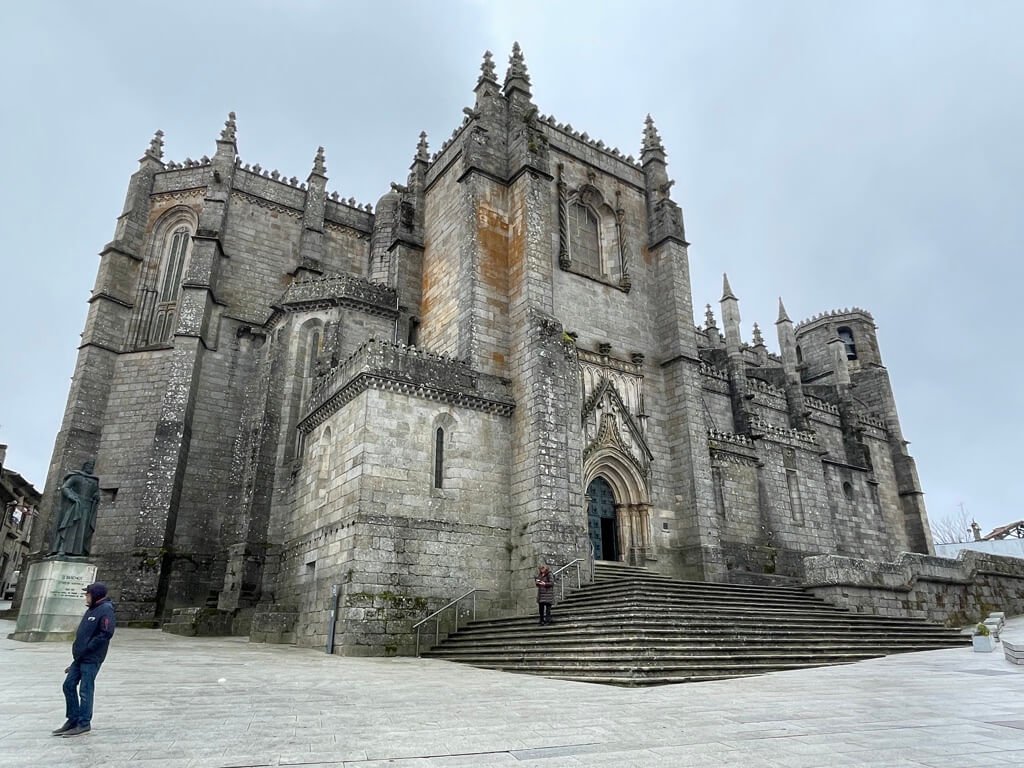
Guarda Cathedral
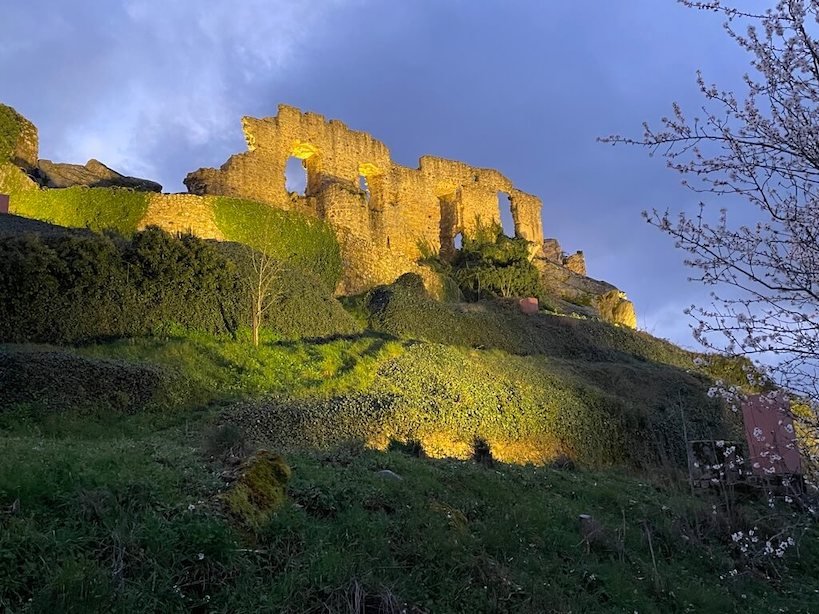
Castelo Rodrigo castle

Gardens in Castelo Branco
Beira Interior gastronomy
The gastronomy in this rugged and rural part of Portugal tends to be very traditional, simple and sustaining!
A key feature is hearty soups and stews, using ancient legumes such as black-eyed peas, wild mushrooms and chickpeas, as well as all sorts of game and young tender meat including veal and goat, roasted in wood-fired ovens and clay pots.
River fish - especially trout, is commonly on the menu, as well as (salted) cod from the sea and smoked meats, sausage and (not for the faint hearted), black pudding.
Chunky corn bread is commonly offered, along with a variety of cheeses, in particular the famous sheep cheese, Queijo da Serra da Estrela. Desserts include sustaining egg-enriched rice pudding, cinnamon-flavoured egg custards, honey, apples, peaches and cherries.
Hearty soups
Traditional roasted meat
Queijo da Serra da Estrela cheese
Visit the Beira Interior Wine Route for information on wineries, gastronomy, hotels and the entire heritage of the region - wine tourism made easy!
Also visit the Centre of Portugal website for lots more information and inspiration.

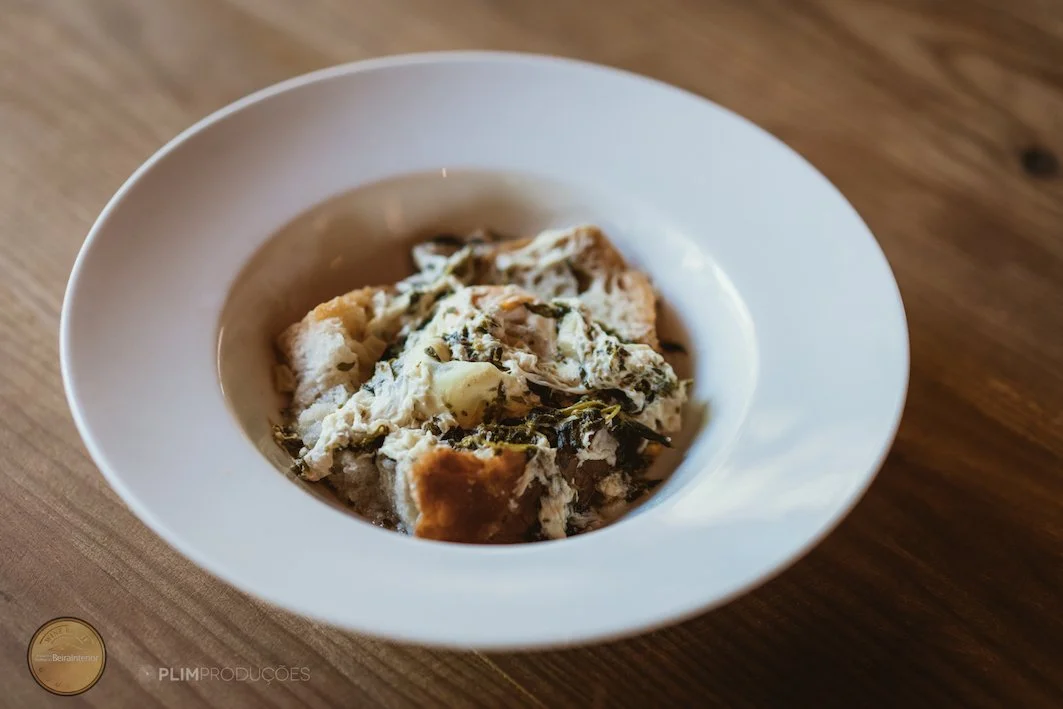
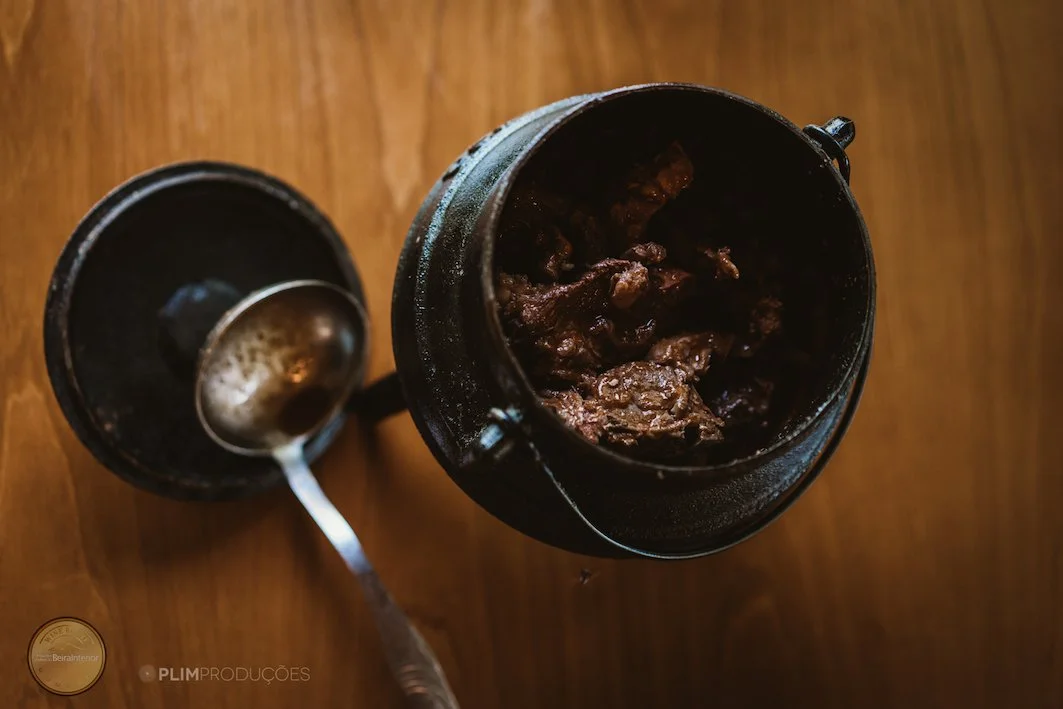
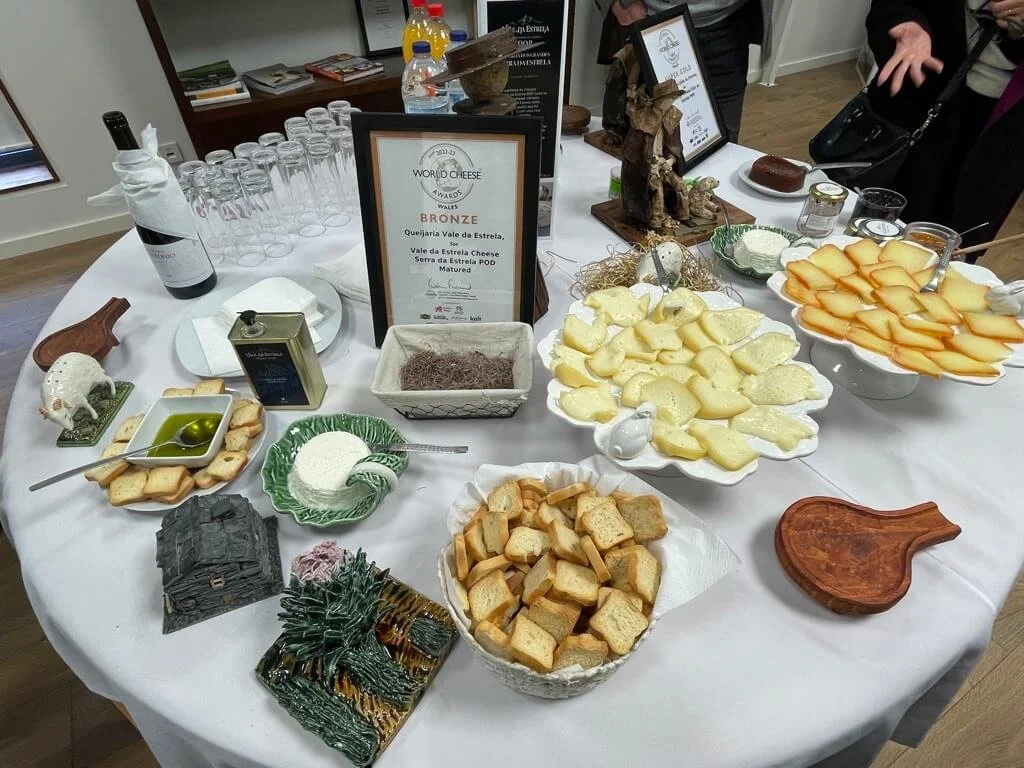
There are ‘12 Historic Villages of Portugal’ and all but one are in Beira Interior - here we discover the beautiful Portuguese villages of Castelo Rodrigo and Marialva…